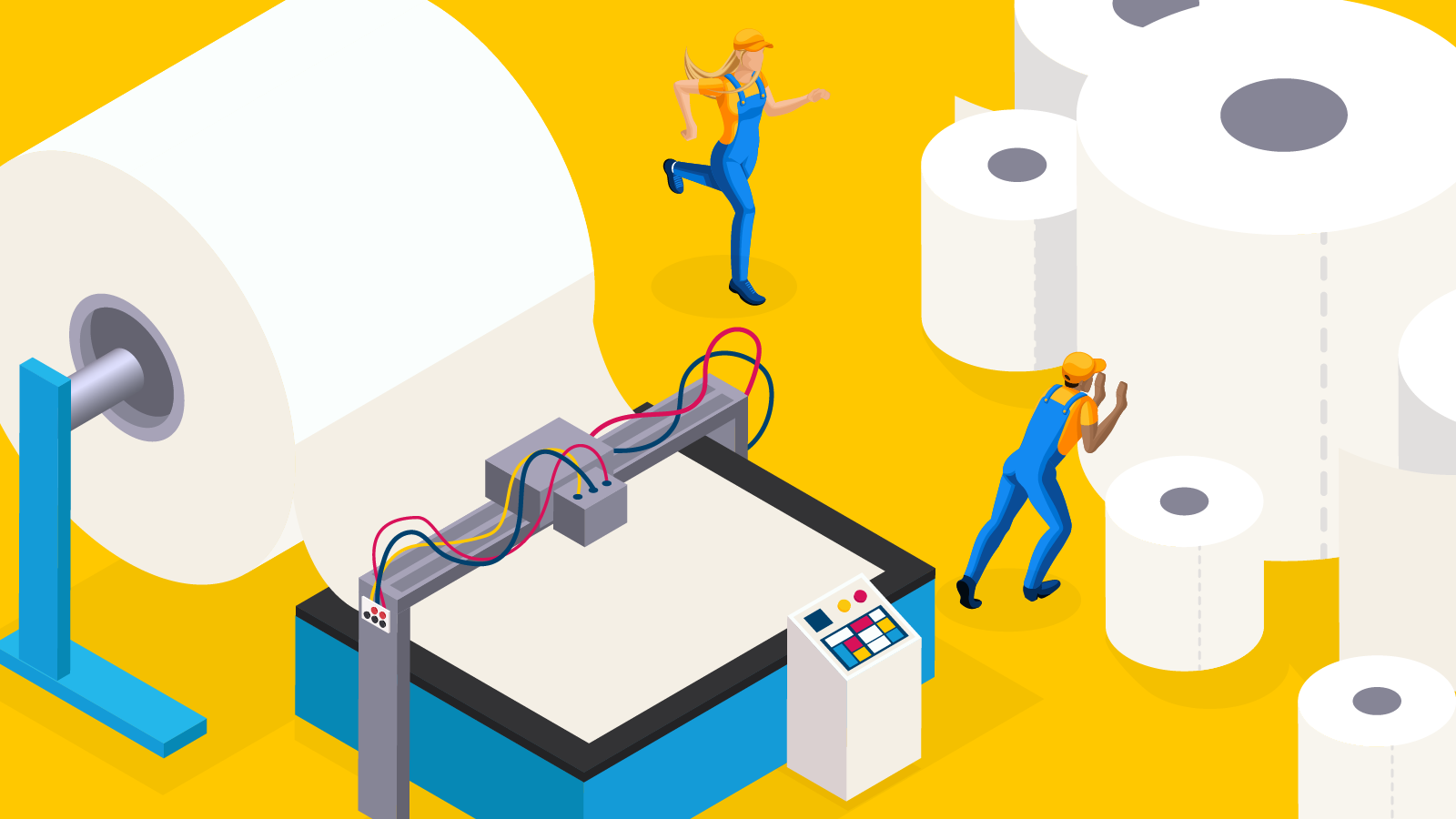Under a typical GL policy, the most common product related exposures - like bodily injury or property damage resulting from use of the product - are usually addressed. Similarly, under a property policy, damage to the insureds own stock or manufacturing equipment are generally covered.
But one area that many manufacturers fail to consider when reviewing their exposures is errors & omissions (E&O) cover, commonly referred to as manufacturers E&O or professional liability cover.
So, why would a manufacturer need professional liability / E&O?
There is a common misconception that E&O policies are strictly related to advice-giving professions – like accountants, architects, even insurance brokers. While many professional liability products are designed with those sectors in mind, the product itself isn’t solely about bad advice.
Rather, at their core, E&O policies are designed to address third-party financial loss.
Consider these common scenarios where a manufacturer or distributor might be held responsible for financial loss during the normal course of business:
- A small t-shirt brand lands a deal with a major retailer. They agree to sell 10,000 units to the retailer, but the product arrives late and with fewer units than agreed. This results in financial loss to the retailer and is the sole responsibility of the manufacturer.
- A skincare brand regularly sells their face creams through an online retailer. Their latest batch has to be recalled by the third-party retailer because of a labelling issue, the costs of which are passed through from the retailer to the manufacturer. Again, a financial loss that sits squarely on the shoulders of the manufacturer.
Neither of these scenarios (or similar incidents) would trigger a manufacturer’s commercial general liability policy as there is no bodily injury or property damage trigger, but they would leave the manufacturer liable for the costs.
So why don’t more manufacturers purchase E&O?
- Many are put off by the misconception that the policy isn’t built for them, despite having a very clear exposure.
- It’s optional. Most contracts between a retailer and a manufacturer only require the manufacturer to purchase GL.
- Bodily injury claims tend to be fairly expensive – and scary – so they get the most attention. But all it takes is one financial loss event to cripple a manufacturer.
Any company that sells a product to a third party – whether a manufacturer, reseller, importer or distributor – should look for a liability policy that offers cover for financial loss as a result of a faulty product or delays.
CFC’s policy is built for small manufacturers and designed with this exposure in mind, combining manufacturer’s E&O alongside comprehensive commercial general liability and property cover, ensuring these businesses aren’t left exposed to common risks during the normal course of business.



